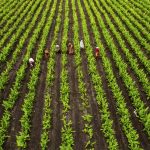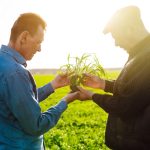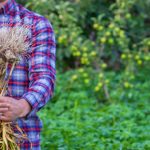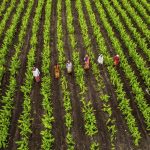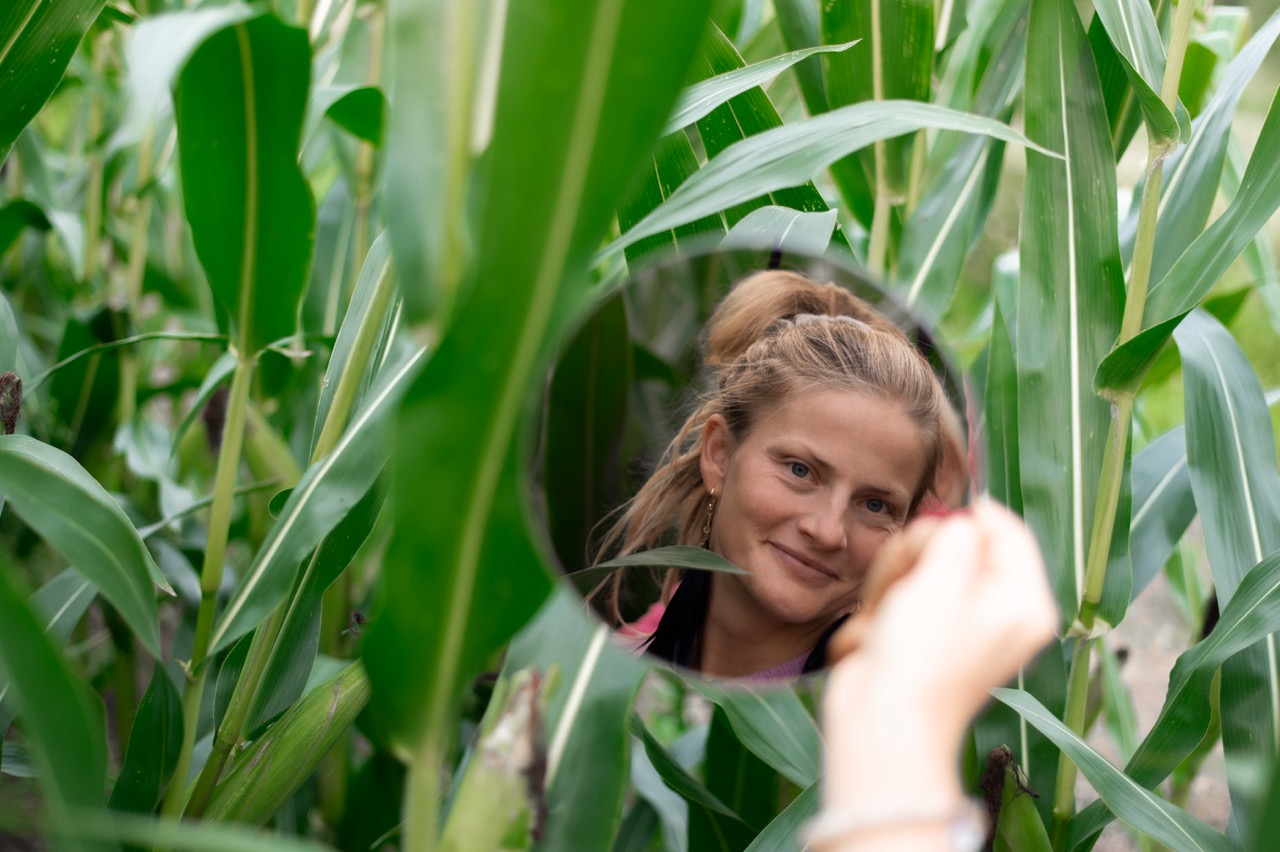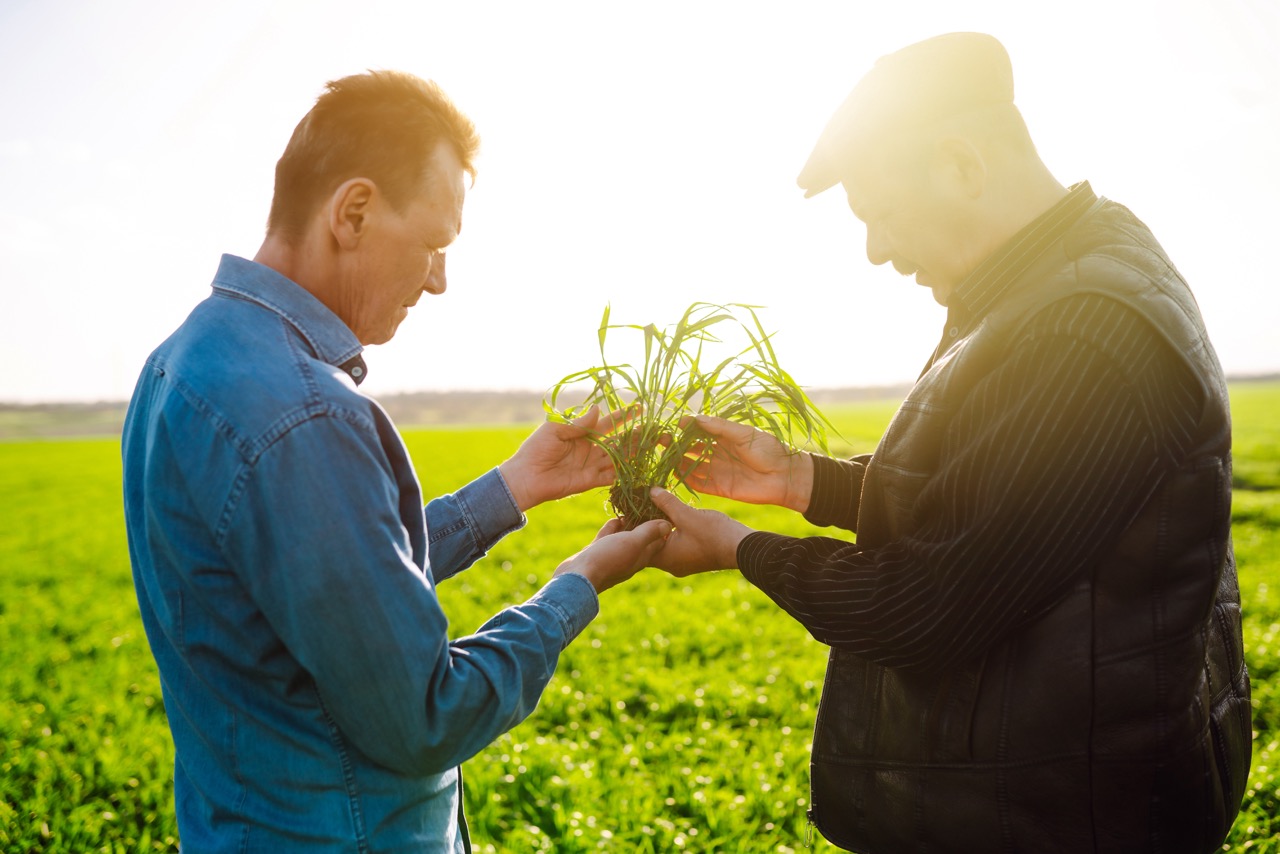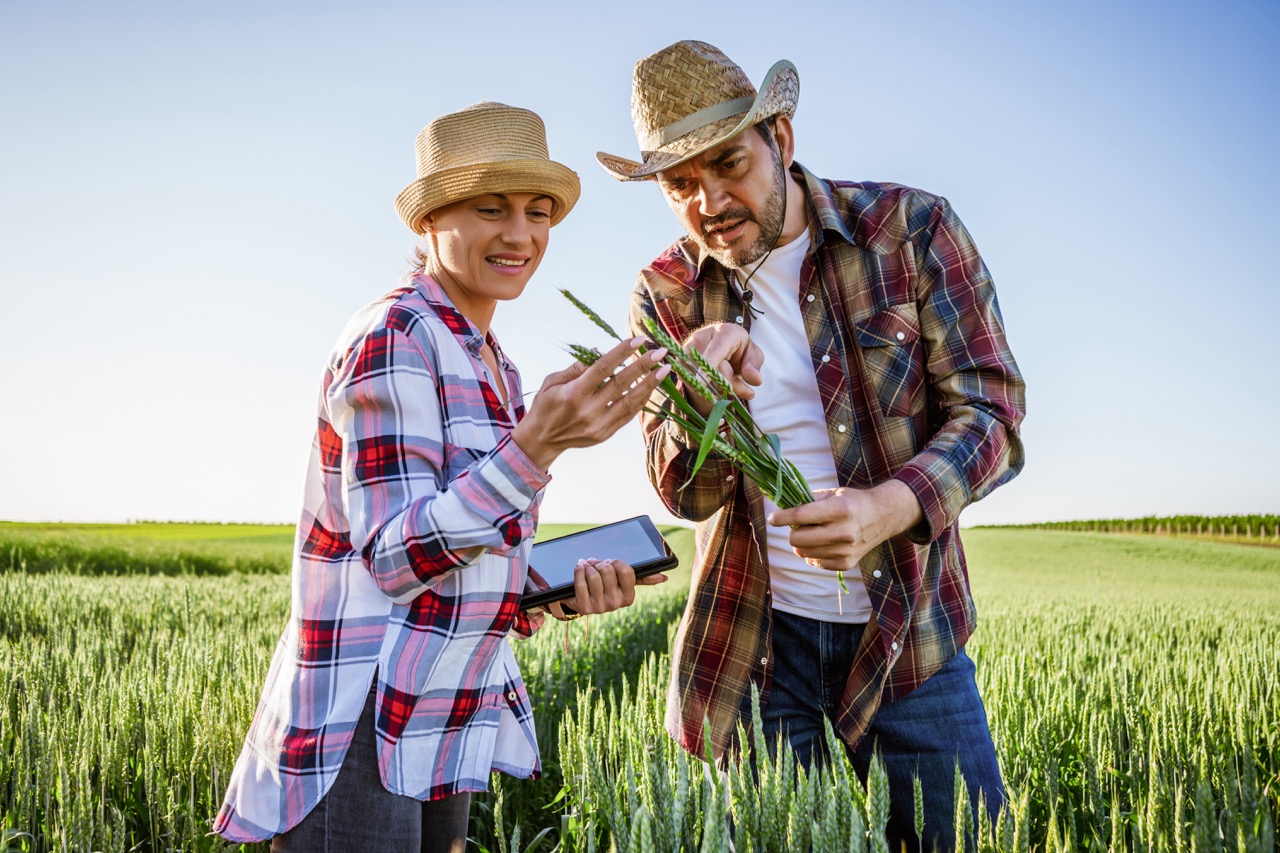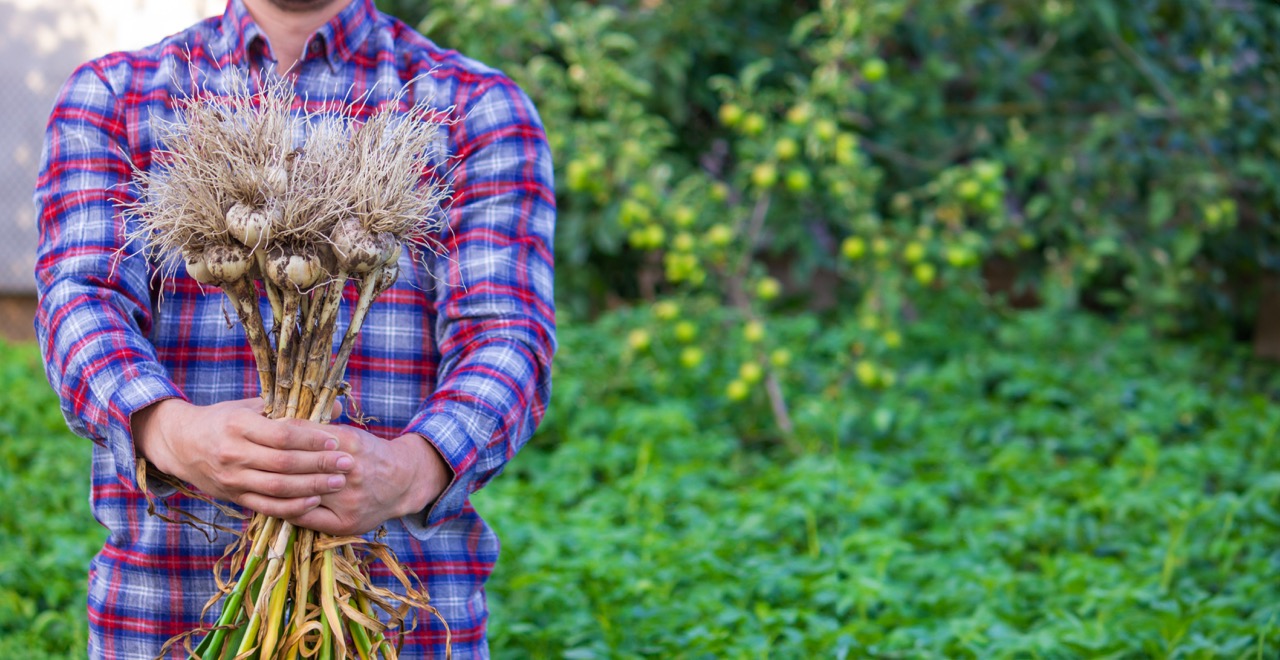In the quest for food sovereignty, a movement that emphasizes the right of communities to control their own food systems, the practice of sharecropping can emerge as an innovative and historical model to bolster local agriculture. While often associated with the inequities of the past, sharecropping has the potential to contribute positively to sustainable farming practices and community resilience. This article explores the historical background of sharecropping, its relevance in sustainable agriculture today, how it connects with local food initiatives, and its role in enhancing community resilience through food sovereignty.
Understanding Sharecropping: A Historical Perspective
Sharecropping originated in the United States in the post-Civil War era as a system designed to provide newly freed slaves with a means to work the land while simultaneously securing income and food. Landowners would allow sharecroppers to cultivate their land in exchange for a portion of the crops. This arrangement, while beneficial in theory, often trapped sharecroppers in a cycle of debt and dependency, as they were forced to borrow supplies from landowners at exploitative rates. Over time, sharecropping became emblematic of broader systemic inequalities and agricultural exploitation.
Despite its troubled history, sharecropping has evolved into various forms that can empower marginalized communities. Today, people are seeking to revive this model, emphasizing collaboration over exploitation. By focusing on equitable agreements, sharecropping can be reimagined as a means of cooperative farming that prioritizes the needs and rights of the growers. This re-envisioning aligns with contemporary movements that advocate for social justice, equity, and sustainability in food production.
The historical context of sharecropping also provides valuable lessons in the need for accountability and fairness in agricultural practices. As communities seek to reclaim their food systems, they are learning from the past to design sharecropping agreements that are transparent and equitable, fostering relationships built on trust. In this way, sharecropping can serve as a bridge connecting historical injustices with current movements for local food sovereignty.
The Role of Sharecropping in Sustainable Agriculture
Sharecropping, when practiced with a focus on sustainability, can be an effective means to promote ecological farming techniques. By sharing resources and knowledge, sharecroppers can implement sustainable methods that benefit the land and the community. These practices include crop rotation, organic farming, and permaculture, all aimed at maximizing yield while minimizing environmental impact. This collaborative approach ensures that both the land and the people cultivating it thrive.
Additionally, sharecropping can facilitate access to land for aspiring farmers who may otherwise be unable to afford it. By lowering the barriers to entry, sharecropping can empower individuals to practice sustainable agriculture without the heavy financial burden of land ownership. This is particularly significant in regions where arable land is scarce or expensive, enabling more people to engage in food production and contribute to local food systems.
Moreover, sharecropping can play a crucial role in improving food security within communities. By producing food locally and diversifying crops, sharecroppers can help reduce reliance on industrial agriculture and global supply chains, thus enhancing the resilience of local food systems. This strategic approach to agriculture not only addresses immediate food needs but also contributes to the long-term sustainability of the ecosystem.
Connecting Sharecroppers with Local Food Initiatives
Local food initiatives often face challenges such as funding, distribution, and awareness. Sharecropping can serve as a model that connects aspiring farmers with these initiatives by providing a framework for collaboration. By integrating sharecroppers into local food networks, communities can enhance production capabilities, share resources, and promote food literacy. This integration can lead to the establishment of community-supported agriculture (CSA) programs, farmers’ markets, and cooperative food hubs, all of which benefit from the diverse offerings of sharecropped farms.
Furthermore, educational programs that teach sustainable practices and business management can empower sharecroppers to engage effectively with local food initiatives. Workshops and training sessions can provide essential skills that not only improve farming techniques but also equip sharecroppers with knowledge about marketing and distribution. This transfer of skills fosters a sense of ownership and capability, encouraging sharecroppers to take active roles within their communities.
Lastly, collaboration between sharecroppers and local food initiatives can enhance the visibility of local agriculture, leading to increased community support. By promoting local produce and emphasizing the importance of supporting local farmers, communities can create a strong demand for sharecropped goods. This increased visibility not only benefits the sharecroppers but also strengthens the entire local food system, contributing to a vibrant agricultural landscape.
Building Community Resilience Through Food Sovereignty
Food sovereignty emphasizes the right of communities to define their own food systems, focusing on sustainable practices that uplift local economies and protect natural resources. Sharecropping can be a vital component of this movement, as it creates avenues for marginalized groups to reclaim agency over their food production. By fostering relationships among growers, consumers, and local organizations, sharecropping can nurture a sense of community and collective responsibility.
Through the development of local food systems grounded in sharecropping, communities can cultivate resilience against external economic pressures. By reducing dependence on global supply chains and industrial agriculture, communities can ensure a steady supply of fresh, healthy food that reflects local cultures and preferences. This resilience is key in times of crisis, such as natural disasters or economic downturns, where access to local food can mitigate vulnerabilities.
In addition, sharecropping helps to build intergenerational knowledge within communities. As experienced farmers mentor new sharecroppers, traditional farming practices and local food histories are preserved and passed down. This transmission of knowledge not only strengthens community ties but also fosters a deeper appreciation for the land and the resources it provides. Ultimately, food sovereignty through sharecropping cultivates a vibrant and resilient community capable of navigating the complexities of modern agriculture.
The revival of sharecropping as a tool for food sovereignty offers a profound opportunity to reshape local agricultural landscapes. By learning from its historical context, communities can foster sustainable farming practices that prioritize equity and resilience. Connecting sharecroppers with local food initiatives creates a symbiotic relationship that enhances food security and empowers individuals. As communities continue to advocate for their right to define their food systems, sharecropping stands as a testament to the power of collaboration, resilience, and social justice in agriculture.
